|
In my work with Primary teachers I am often asked "How do I engage my young students in problem solving activities?" There are many ways teachers do this but one approach I am very fond of is "Three Act Tasks". This problem-solving whole class approach can be used with students from Kindergarten to Grade 12. Originating from Dan Meyers for Secondary School Math classes, this problem based approach is an excellent way to develop students' ability to question, engage in problem solving, develop a range of strategies, and mathematically model. Every child has an entry point into the activity and can work to their potential. Dan has created a great video series explaining "Three Acts". More recently, Graham Fletcher has created many 'Three Act Tasks' for Elementary aged students. I highly recommend checking out his site or Kendra Lomax's who has created some tasks for early primary students. For those teachers who have never heard of Three Acts, I recommend you pop over to Tedd.org to check out the resources they have created to support teachers with this approach. You will need to register but it is free. A summary of the Three Acts can be found here.
Initially I began exploring this approach using Three Acts that had been created for K - 7 classes by Graham Fletcher and Kendra Lomax. As my confidence developed, I created a few of my own and wrote lesson plans that aligned with our BC Curriculum (see here).There is no right or wrong time to use a three-act task. They can be used gather formative assessment at the beginning and middle of learning a new concept or near the end to see which strategies students are using and applying in new contexts. Last month I worked with two K/1 teachers to explore a "Three Act Task" I created connected to a favourite book called "Nanette's Baguette" by Moe Willems. These teachers wondered what strategies their students might use with a subtraction question. After reading the story, students were shown the short clip in Act One.
We asked the students "What they noticed?" and following this "What they wondered?" As you can see in the images, some students represented their thinking concretely by building models with unifix cubes. Others drew pictures and some used math tools like number lines and hundreds charts. Before revealing Act Three, students shared their strategies with the class. Most students counted back by ones, but one student counted back in chunk of ten. A couple of students thought about addition for subtraction and counted on from 10, either through a picture, or on a number line. I have created a few other primary three act tasks. Click here to see these!
If you have created some of your own 3 Act Tasks, I would love to hear about them and your reflections.
1 Comment
|
About Me
I am a Numeracy Helping Teacher with the Surrey Schools District. Each day I am thankful for being able to work with amazing students and teachers in an area I am passionate about ~ Mathematics! Subscribe:Click the RSS feed button
Archives
October 2018
Categories
All
|
||||||||||||||||||||
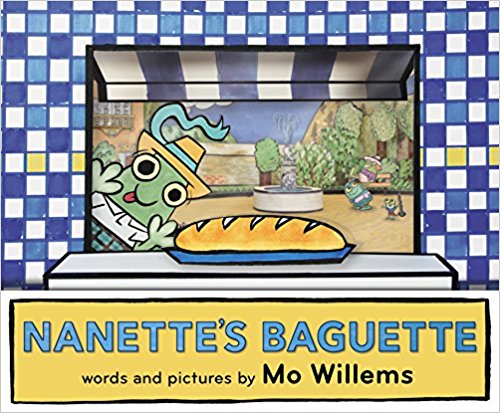
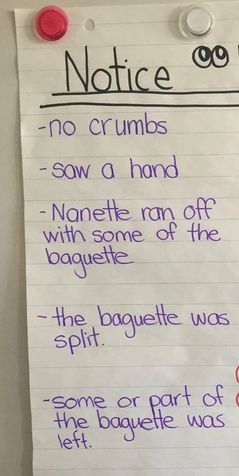
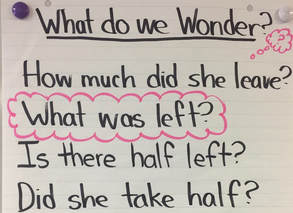
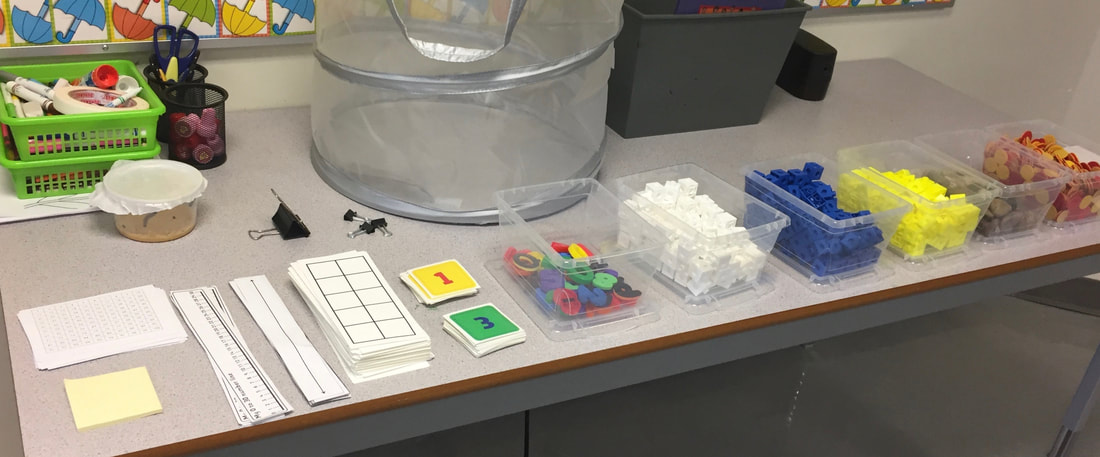

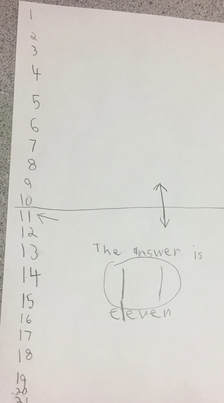
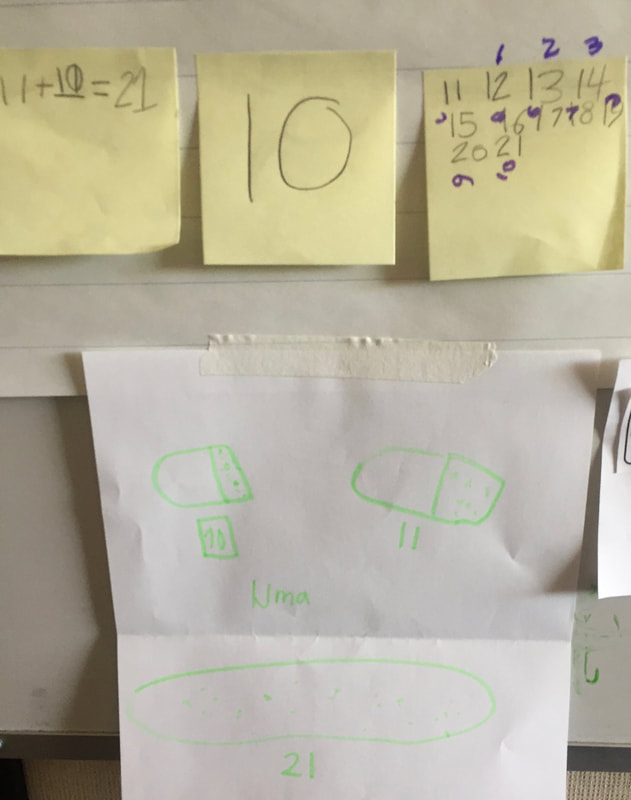

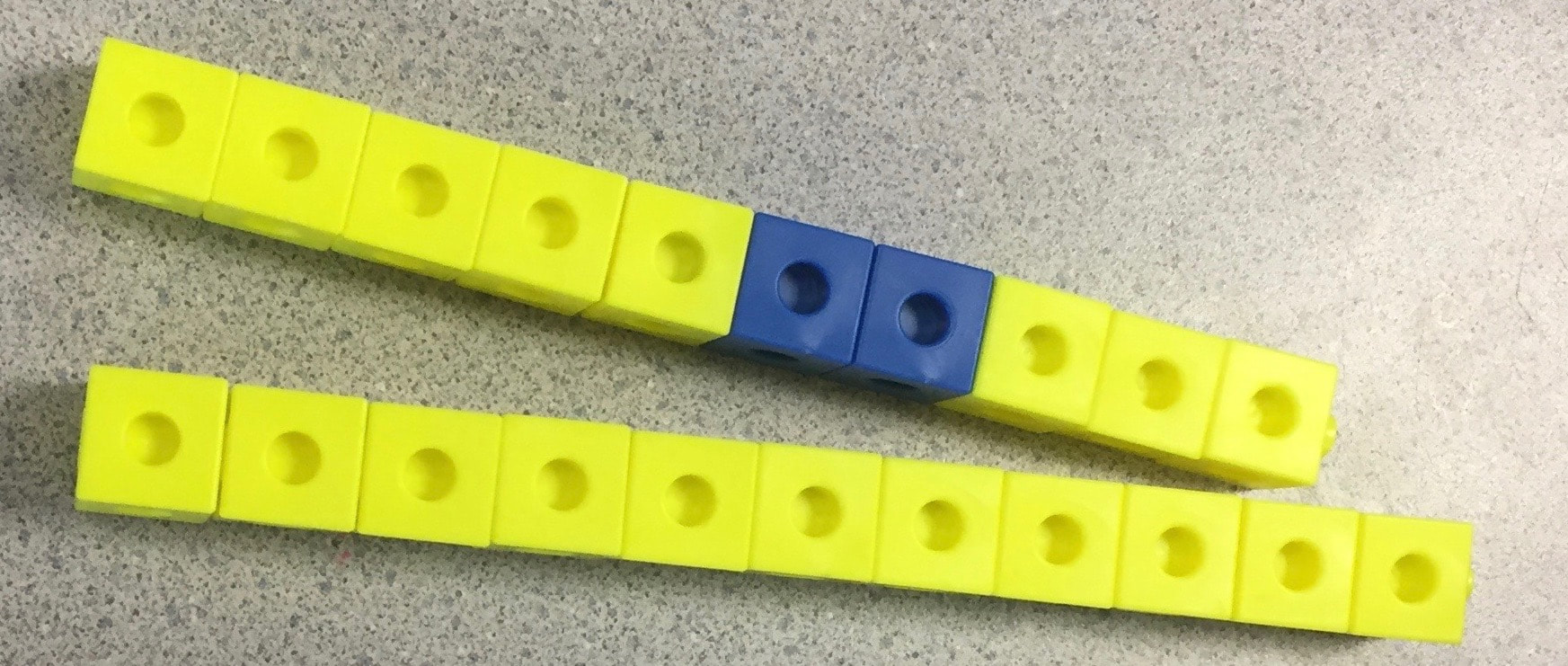
 RSS Feed
RSS Feed
